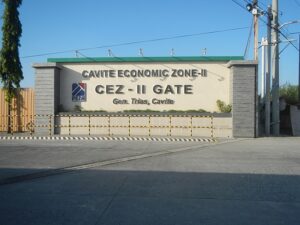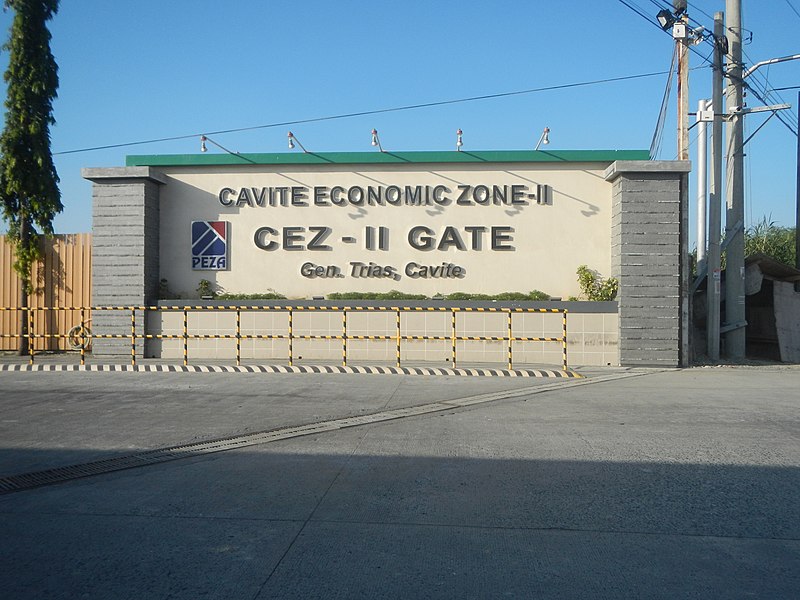-
Electronic customs seal a must for import containers leaving Manila and Batangas ports and bound for Cavite Economic Zone II
-
Shipments of electronic materials not yet covered by E-TRACC
-
BOC-Port of Davao already adopting E-TRACC; Subic to follow soon

All import containers from the ports of Manila and Batangas bound for Cavite Economic Zone II (CEZ II) now require an electronic customs seal (ECS).
Under Assessment and Operations Coordinating Group (AOCG) Memo No. 180-2020 dated October 12, all CEZ II-bound import containers discharged from the Port of Manila, Manila International Container Port (MICP), and Port of Batangas and covered by the transit single administrative document must be sealed with the ECS from October 13.
This allows monitoring of containers via the Bureau of Customs’ (BOC) Electronic Tracking of Containerized Cargo (E-TRACC) System for irregularities during transit.
E-TRACC, which was launched last May, is a web-based system that tracks inland movement of containerized cargoes during transit and transfer to other customs territories and facilities. It allows BOC to track, monitor, and audit the location and condition of cargoes, as well as obtain real-time alarms on diversion and tampering of cargoes.
READ: BOC orders e-tracking of cargoes in transit
E-TRACC was established under Customs Memorandum Order (CMO) 04-2020, which was issued last February.
The system is already being implemented for all containers—except those containing electronic materials—discharged from the Port of Manila, MICP, and Port of Batangas and bound for Laguna Technopark, Inc. and CEZ.
Electronic materials bound for PEZA zones are not covered as they are to be tackled in a separate memorandum.
READ: E-TRACC for electronic materials bound for Laguna, Cavite eco zones deferred
E-TRACC is also now being adopted in Davao and will soon be implemented in Subic. Imports for other Philippine Economic Zone Authority (PEZA) economic zones will be covered by another customs memorandum.
AOCG deputy commissioner Atty. Edward James Dy Buco earlier said they are coordinating with PEZA on the phased implementation of E-TRACC for PEZA shipments.
Stakeholders at CEZ II are required to self-register in the system at www.ecms.ph.
Under AOCG Memo 180-2020, the collection districts at Port of Manila, MICP, and Batangas should ensure all containers processed for PEZA adhere to the guidelines of CMO 04-2020.
When booking through the E-TRACC website, the stakeholder should choose the economic zone where the locator is situated.
Full-container-load shipments bound for PEZA locators should be sealed with the ECS, a GPS-enabled sealing device or lock that physically secures a cargo and provides real-time information on its location. The ECS will be armed or fixed by the service provider personnel.
Once the Start Trip Authorization is approved by the control tower, the vehicle carrying the cargo can leave the vicinity and head for its destination.
When the vehicle and container arrive at the destination, BOC’s authorized personnel should first compare the container’s visual evidence of sealing of ECS against the actual container that arrived, and look for discrepancy or signs of tampering.
The BOC authorized personnel should also check if the container seal number and the electronic customs seal number are the same as indicated in the trip details, and inform the control tower for approval to end the trip.
Once ending of the trip is authorized, authorized BOC personnel should disarm the container by removing the ECS and tag the cargo as received.
AOCG Memo 180-2020 notes that the customs operations officer will not approve any customs clearance without the required E-TRACC booking as prescribed in CMO 04-2020.
Booking for the E-TRACC trip can be made one day earlier or up to one hour before departure of the container.
E-TRACC requires payment of P500 within a 10-kilometer (km) radius from port of discharge and P700 beyond the 10-km radius from port of discharge. The charge covers both arming and disarming of the ECS. – Roumina Pablo





